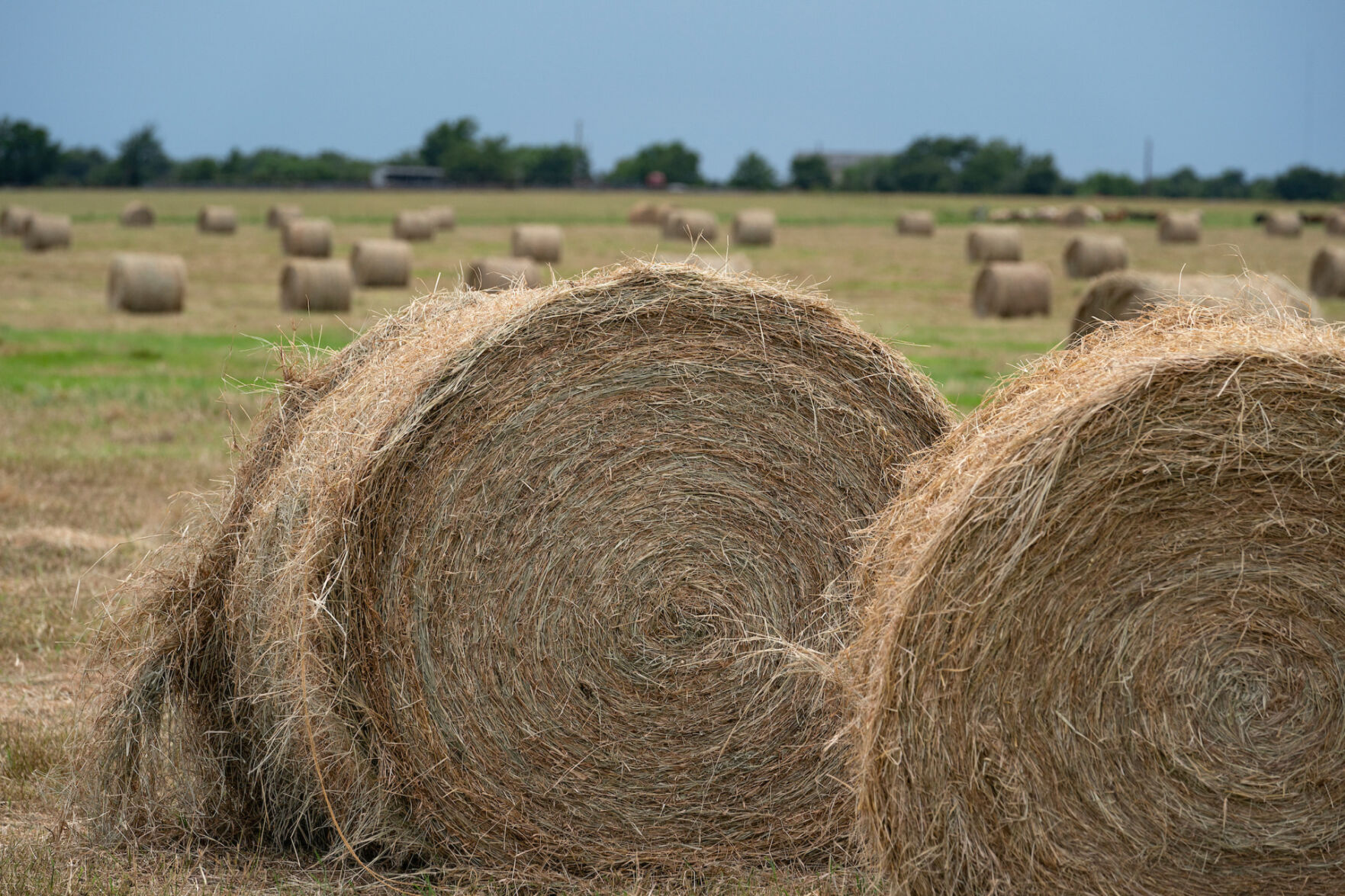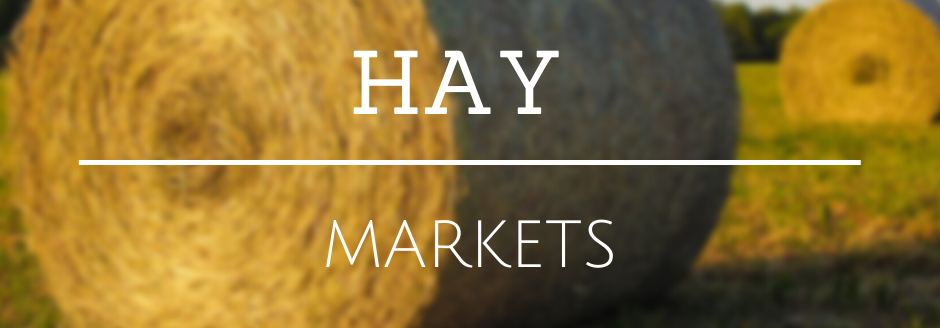State-By-State Hay Summary

Colorado—In the March 14 report, compared to the last report, trade activity light on light to moderate demand. Stable hay sold mostly steady. Bulk of hay moving are old contracts.
Missouri—In the March 14 report, compared to last report, the supply of hay is light to moderate, demand is moderate, prices are steady to weak. Some spring storms this week provided some moisture to much of the state. Grass should really take off now with the moisture and most cattle although still eating some hay are more interested in chasing any green that pops up. It will take a bit before grass can get ahead of grazing pressure so some feeding will continue for a while longer.
Nebraska—In the March 14 report, compared to last report, ground and delivered hay and alfalfa pellets sold steady. Bales of grass hay and alfalfa at a standstill in the eastern and central areas. Out west, bales of dairy quality hay sold steady. Demand was very light in most areas. Many farmers continue to bale cornstalks off their fields before spring planting. There will be a lot of carry over roughages into the 2024 market. Which isn’t all bad as forages has been very tight in previous years.
Oklahoma—In the March 15 report, compared to the last report, the demand and trade remain low. The new crop hay season will be here in a few short weeks and many cattle producers are trying to stretch the hay they have left. Next report will be released March 29.
Texas—In the March 8 report, compared to last report, hay prices are mostly steady. Trading activity was moderate on moderate demand. A lot of donated hay is moving into and across the state this week to help cattle producers in the Panhandle that have suffered major losses due to the wildfires moving across the region. Field prep for planting is taking place across most regions. Sporadic moisture has been reported across different regions in the state and the U.S. Drought Monitor shows that nearly 56% of the state is not in a drought. In fact only 2% of the state is in the exceptional drought category. With that being said, most of the state will still need a good spring to push pastures, hay fields, and crops. Next report will be released March 22.
South Dakota—In the March 15 report, compared to last report, alfalfa hay is weak. Moderate demand at best for dairy quality alfalfa. Light demand for alfalfa round bales as the very mild winter has allowed beef cattle operators to feed less hay. Very warm temps again, near 80 degrees in the southeast corner early week. More seasonal weather in the forecast for the next 10 to 14 days.
New Mexico—In the Nov. 24, 2023 report, compared to last report, alfalfa hay steady. Trade active, demand good. The the state is 73% complete with fifth cutting, 54% with sixth cutting. Most parts of the state are wrapping up harvest for the season. According to New Mexico Crop Progress report as of Nov. 12, 2023. Hay and roughage supplies improved slightly from the previous week but remained in worse condition than prior years. Hay and roughage supplies were observed to be 25% very short, 42% short, 30% adequate, and 3% surplus. At 14% very short, 37% short, 45% adequate, and 4% surplus, stock water supplies were on par with the 5-year average. This is the last report for the season, reports will resume in spring 2024.
Wyoming—In the March 15 report, compared to last report, all reported hay sold steady on a thin test. Demand was light. Prospective buyers know there is quit a lot of lower quality hay around the state and are just holding off thinking it could get a little cheaper especially when new crop comes around. Some dairy buyers still procuring some high testing hay for dollar a point.
Montana—In the March 15 report, compared to last report, hay sold generally steady. Hay sales were very light this week. Light demand is being seen for feeder quality hay as ranchers continue to wait and see how much and if spring rains fall. Producers are content to sit on supplies as well, as many are betting on it being dry or in short supply somewhere in the state or surrounding states. Supplies of utility and fair quality hay are very high. Hay testing over 150 relative feed value is selling with the best demand as supplies of good and higher quality hay are the lightest. High test hay (premium and supreme) is in very short supply. The best demand for feeder quality (utility and fair) hay remains around $150/ton delivered. Demand for straw is light as heavy straw supplies continue to be seen especially in the northern portion of the state. Mild weather and not much snow has kept both straw and hay usage low. Single load sales of straw continue to move at steady money from time to time, however many producers have lowered asking prices in an attempt to move volume as supplies remain high.


